As the world grapples with the consequences of climate change and depleting fossil fuel reserves, renewable energy has emerged as a beacon of hope for a sustainable future. Harnessing natural resources like sunlight, wind, water, and geothermal heat, renewable energy technologies are transforming the global energy landscape while addressing environmental challenges.
Types of Renewable Energy Sources
1. Solar EnergySolar panels convert sunlight into electricity through photovoltaic cells. With advancements in solar technology, solar farms and rooftop installations are becoming more efficient and cost-effective. Countries like India and China are leading in solar energy production, contributing significantly to the global transition toward green energy.
2. Wind EnergyWind turbines capture the kinetic energy of wind and transform it into electricity. Offshore wind farms, such as those in Europe, are tapping into consistent wind patterns to generate large amounts of renewable energy.
3. HydropowerHydroelectric plants utilize flowing water to produce electricity. Large dams like the Hoover Dam have been pivotal in supplying renewable energy for decades. Micro-hydropower systems are now being developed for smaller communities, ensuring energy access in remote areas.
4. Geothermal EnergyBy tapping into the Earth’s internal heat, geothermal power plants provide consistent and low-emission energy. Countries like Iceland have harnessed this resource extensively, powering homes and industries while reducing dependence on fossil fuels.
5. Biomass EnergyBiomass involves the use of organic materials, such as agricultural waste and wood, to produce energy. It not only reduces waste but also provides a renewable alternative to coal and oil.Technological InnovationsThe renewable energy sector has witnessed significant technological advancements in recent years:Energy Storage Systems: Modern batteries, such as lithium-ion and emerging solid-state batteries, ensure the efficient storage of renewable energy for when the sun isn’t shining or the wind isn’t blowing.Smart Grids: These grids integrate renewable energy sources seamlessly into existing power systems, improving reliability and reducing energy loss.Floating Solar and Wind Farms: These innovative solutions overcome land constraints and expand the potential for renewable energy generation.
Challenges and Solutions
1. IntermittencyRenewable energy sources like solar and wind are weather-dependent. Solutions include investing in energy storage technologies and diversifying the energy mix.
2. High Initial CostsWhile renewable energy installations require significant upfront investment, their long-term savings and environmental benefits outweigh the costs. Governments and international organizations offer incentives and subsidies to promote adoption.
3. Grid IntegrationAdapting existing power grids to accommodate variable renewable energy sources can be complex. However, smart grid technology and regional energy-sharing initiatives are mitigating these challenges.The Impact of Renewable EnergyEnvironmental Benefits: Reduction in greenhouse gas emissions and decreased reliance on fossil fuels.Economic Growth: Job creation in renewable energy sectors, from manufacturing and installation to maintenance.
Energy Independence: Countries can reduce reliance on imported fuels, boosting energy security.
Conclusion
Renewable energy is not just a solution to the energy crisis; it is a pathway to a cleaner, healthier, and more sustainable world. Through continued innovation, global cooperation, and supportive policies, we can accelerate the transition to a future powered by renewable resources. The time to act is now, ensuring that we leave a thriving planet for generations to come.








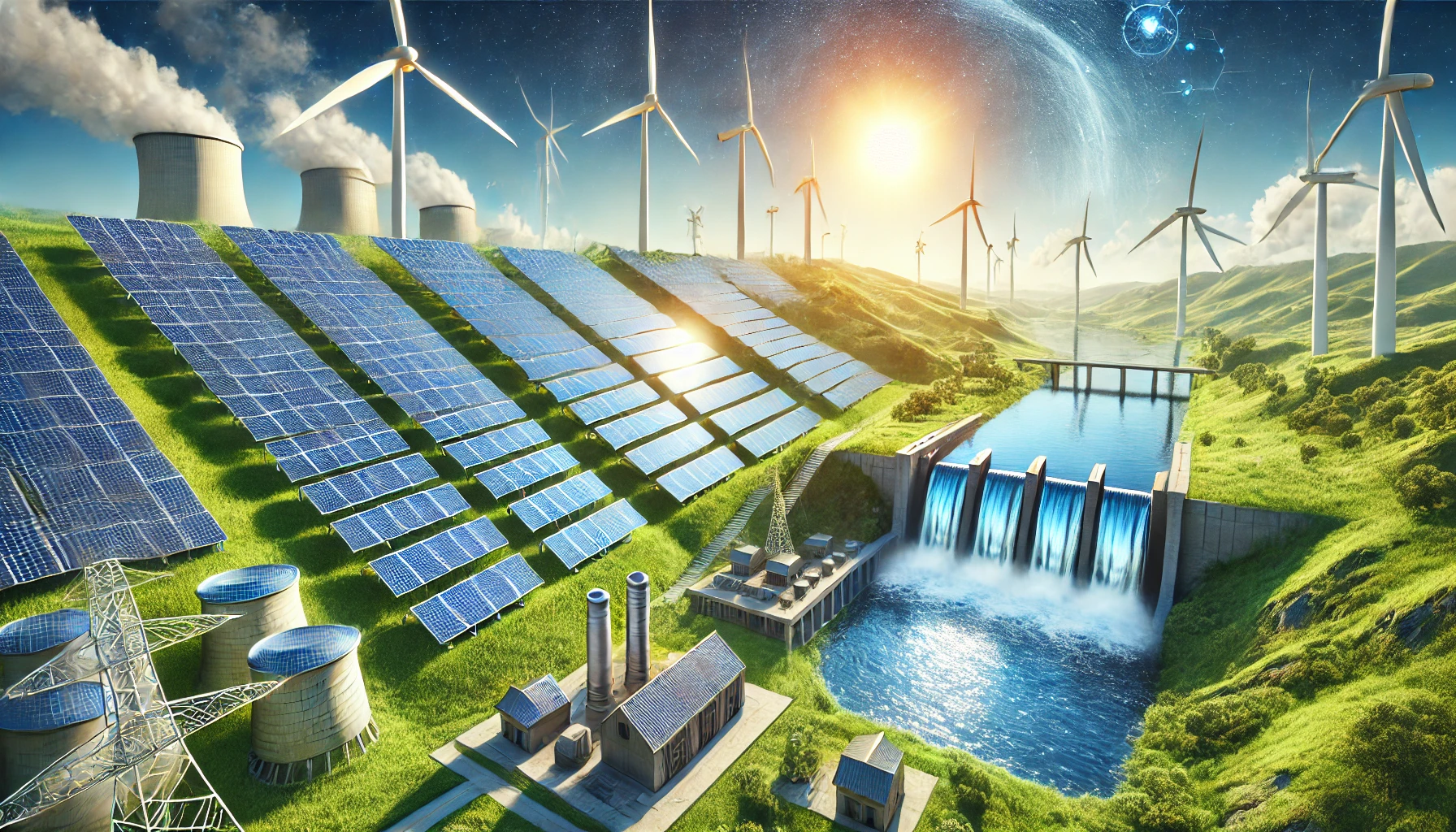


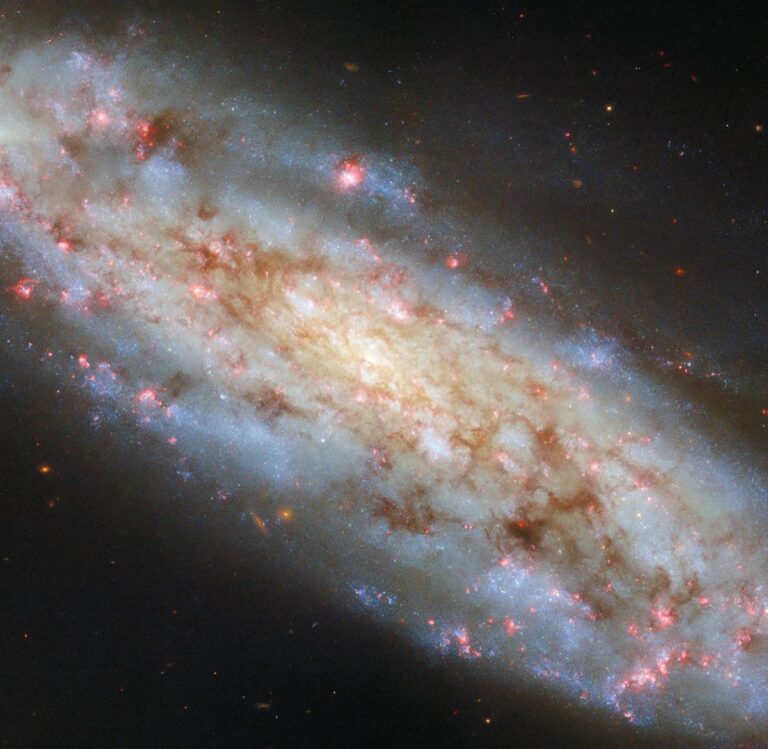
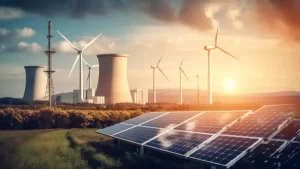
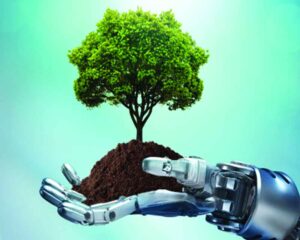

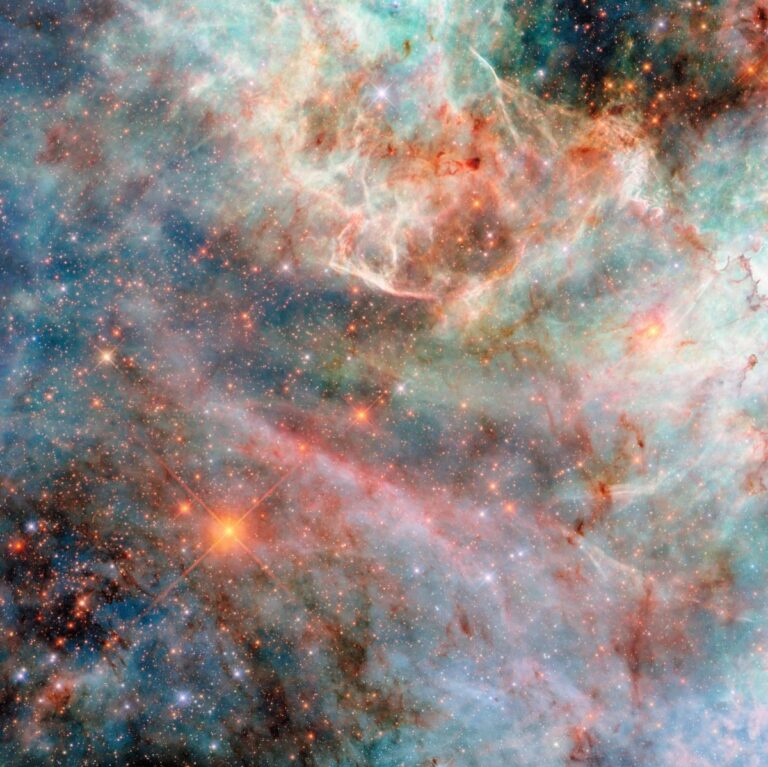

+ There are no comments
Add yours